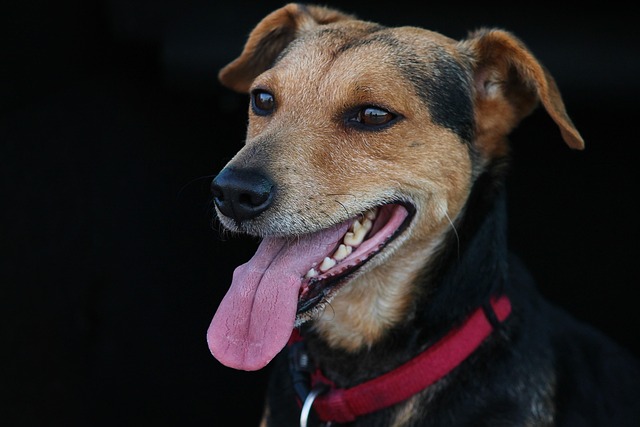
How long does it take to obedience train a dog?
The timeline for obedience train a dog varies more than most owners expect, often depending on the dog’s age, breed, and prior exposure to structure.
Whether dogs actually like sleeping in camping beds depends on several factors—their individual preferences, how the bed is introduced, and most importantly, how well it meets their instinctual needs for security and comfort. While many dogs readily adapt to and enjoy purpose-made camping beds, others may need some encouragement to view this new sleeping arrangement as their safe space rather than just another piece of unfamiliar gear.
The science behind this relates to canine denning instincts and thermoregulation. Dogs naturally seek elevated, insulated resting spots that protect them from cold ground and potential predators—which is exactly what a good camping bed provides. The raised surface keeps them away from moisture and insects while providing insulation against heat loss through conduction. However, some dogs might initially show hesitation due to the bed's unfamiliar texture, slight movement, or elevated height. This is where positive association becomes crucial; dogs need to connect the camping bed with positive experiences through gradual introduction and reward-based training.
Here’s how to help your dog embrace their camping bed. Start by introducing it at home in a familiar environment days before your trip. Place their favorite blanket or an item with your scent on the bed to create familiarity. Use high-value treats and meals to build positive associations—scatter kibble on the surface for them to forage, or give them a special chew toy while they’re on the bed. During actual camping trips, position the bed inside your tent near your sleeping area but away from the entrance where drafts might occur. For hesitant dogs, try placing the bed on a natural surface they already prefer (like pine needles rather than rocky ground) and consider using a non-slip mat underneath if the surface seems unstable to them.

Now, let’s address the regulatory and cultural context. While there are no specific laws about dog camping beds, most campgrounds require dogs to be either leashed or confined at all times—which often means keeping them within your tent or on a secured bed during nighttime. Ensure your dog’s rabies vaccination is current and you have documentation handy; many national parks and private campgrounds require proof upon check-in. Always clean up after your dog immediately using biodegradable waste bags—this is not just etiquette but often legally required in public camping areas. If your dog shows reluctance to use the camping bed, remember that positive reinforcement is key; never force them onto the bed or use negative correction methods, as this violates modern animal welfare standards prevalent across North America and Europe.
Finally, consider your camping environment and community impact. In shared campgrounds, a comfortable dog is less likely to become restless and disturb other campers with whining or movement during the night. If you’re camping in bear country, store your dog’s bedding inside your vehicle or bear-proof container when not in use, as food odors absorbed in the fabric can attract wildlife. For apartment dogs accustomed to soft indoor bedding, the transition to outdoor sleeping surfaces works best when their camping bed includes familiar elements from home. By patiently introducing the camping bed and making it a positive experience, you’re not just ensuring your dog’s comfort—you’re practicing responsible pet ownership that respects both your dog’s needs and the outdoor community you’re visiting.

The timeline for obedience train a dog varies more than most owners expect, often depending on the dog’s age, breed, and prior exposure to structure.

I’ll start with a relatable scenario of a new owner wondering which fruits are safe for their pup, explain why certain fruits work (nutrient alignment with canine needs)

Recognizing red flag behaviors in your dog is crucial for preventing potential incidents and ensuring everyone's safety.

You’re in the kitchen grabbing a snack, and your new dog is bouncing at your feet—you wish they’d just pause for a second.

Deaf dogs rely entirely on visual cues, so start by choosing a quiet space free from distractions—think a living room after kids have gone to bed, not a busy backyard during a BBQ.

Whether dogs actually like sleeping in camping beds depends on several factors—their individual preferences, how the bed is introduced, and most importantly